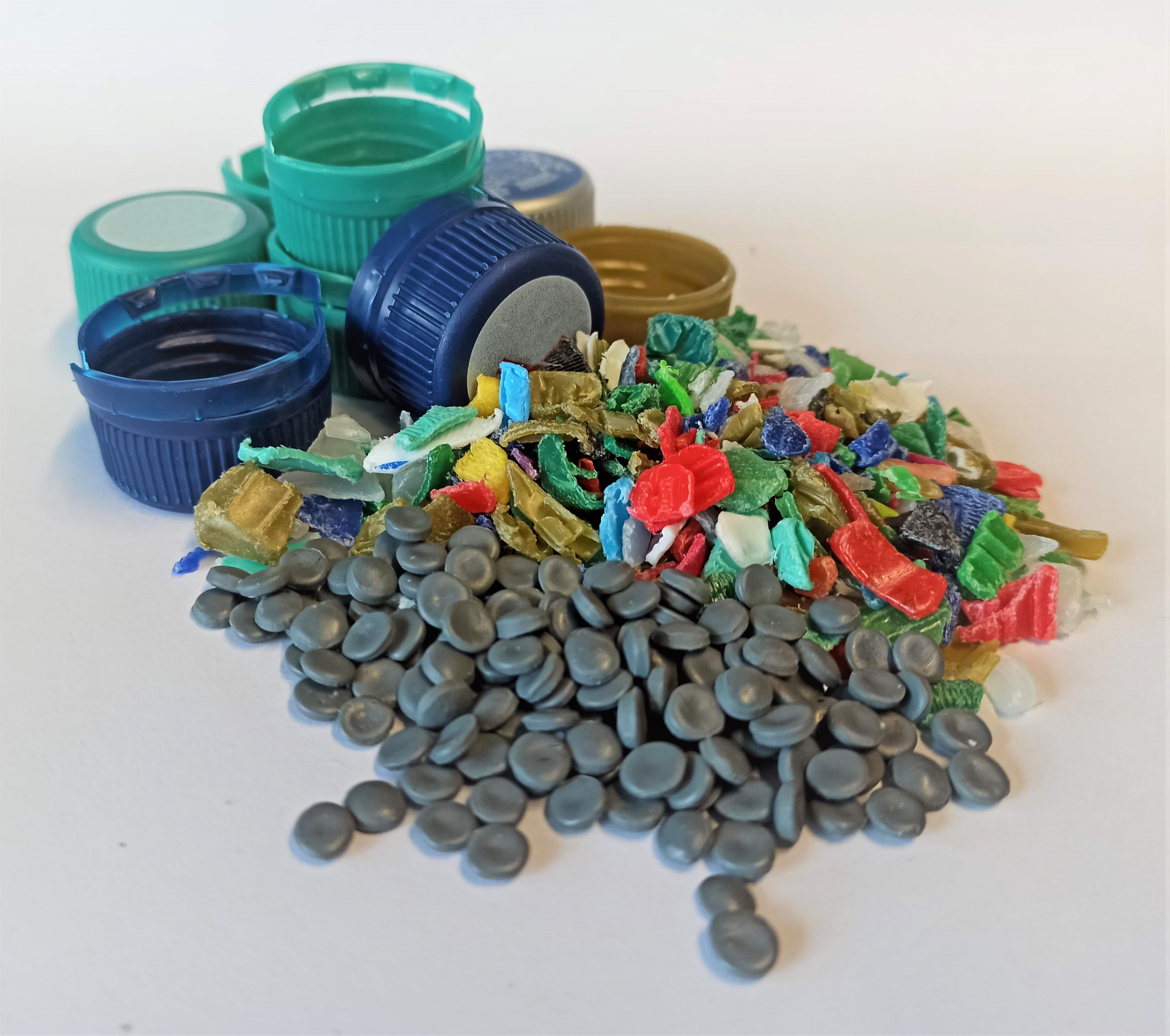Challenges in the production of recyclate
There are some products which, due to their design or choice of material, cannot be recycled, or can only be recycled with enormous effort in terms of materials or raw materials. Problems arise, for example, with products made of:
- Hybrid material structures such as metal-plastic compounds
- Material bonds between different plastics
- Thermoset-fiber composites
- Materials in which a variety of additives are used (e.g. bright/dark colors)
- Polymer foams
- Polymers with flame retardants
The high cost of processing post-consumer waste in particular means that recyclate sometimes has to be offered at higher prices than virgin material. Among other things, this results in a low demand for recyclate on the market, so that sorting and processing of some plastic waste is often still economically unattractive. High-quality recyclate with a high degree of purity is the basis for increased use.
Solution ideas:
In order to improve the reuse of plastics as a high-quality secondary raw material, it is possible to start at various points in the product life cycle from development to reuse and recycling.
- Avoidance of plastic composites, use of monomaterial instead
- Use of thermoplastics instead of duromers
- Avoidance of fillers that have a strong influence on density (impairment of sorting)
- Preferential use of light-colored or colorless material - colored material can only be processed into gray recyclate
- Use of bio-based plastics reduces consumption of fossil resources and CO2 emissions during production
- Ensures process stability when recyclate is used
- Increased product lifetime due to high-quality plastics adapted to the conditions of use

